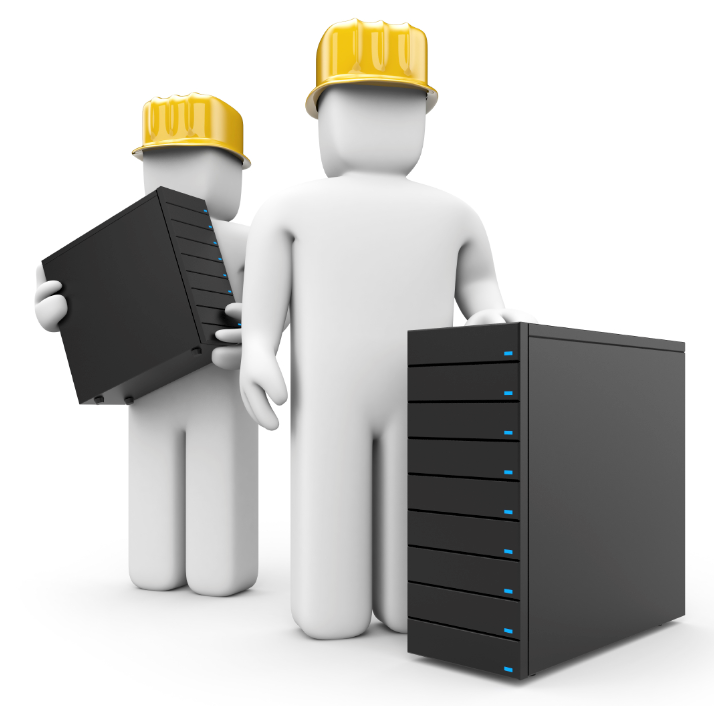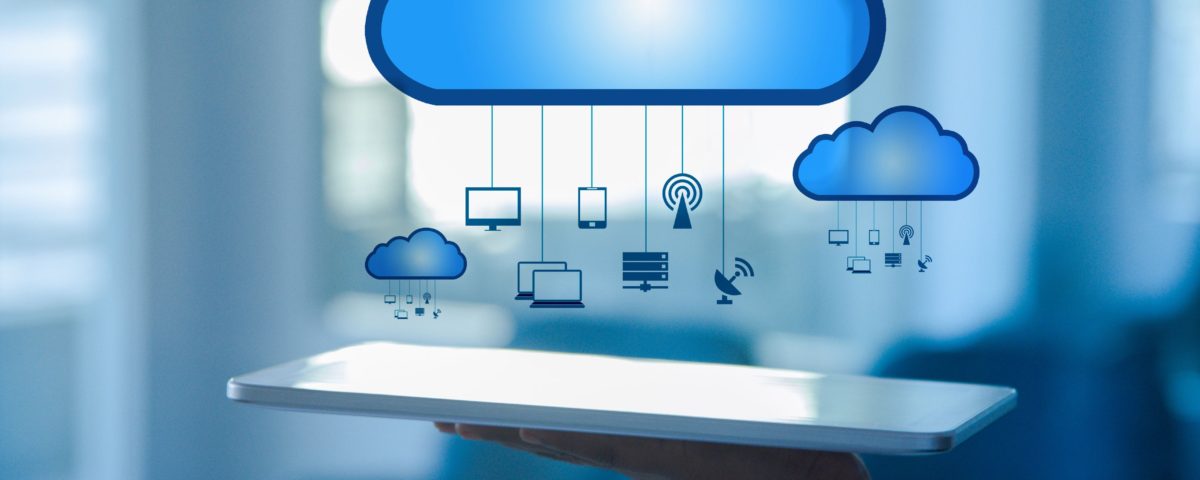
Go programming language
30th July 2020
How to Choose the Right UI/UX Tool
31st July 2020Cloud computing is the on-demand availability of computer system resources, especially data storage (cloud storage) and computing power, without direct active management by the user. The term is generally used to describe data centers available to many users over the Internet.
The availability of high-capacity networks, low-cost computers, and storage devices as well as the widespread adoption of hardware virtualization, service-oriented architecture, and autonomic and utility computing has led to growth in cloud computing. By 2019, Linux was the most widely used operating system, including in Microsoft’s offerings, and is thus described as dominant. The Cloud Service Provider (CSP) will screen, keep up, and gather data about the firewalls, intrusion identification, or/and counteractive action frameworks and information stream inside the network.
Characteristics :
1) Device and location independence :

enable users to access systems using a web browser regardless of their location or what device they use (e.g., PC, mobile phone). As infrastructure is off-site (typically provided by a third-party) and accessed via the Internet, users can connect to it from anywhere
2) Maintenance :

of cloud computing applications is easier, because they do not need to be installed on each user’s computer and can be accessed from different places (e.g., different work locations, while travelling,
3) Multitenancy :
enables sharing of resources and costs across a large pool of users thus allowing for:
- centralization of infrastructure in locations with lower costs (such as real estate, electricity, etc.)
- peak-load capacity increases (users need not engineer and pay for the resources and equipment to meet their highest possible load-levels)
- utilization and efficiency improvements for systems that are often only 10–20% utilized
4) Performance :

Performance is monitored by IT experts from the service provider, and consistent and loosely coupled architectures are constructed using web services as the system interface.
5) Productivity :

- Productivity may be increased when multiple users can work on the same data simultaneously, rather than waiting for it to be saved and emailed. Time may be saved as information does not need to be re-entered when fields are matched, nor do users need to install application software upgrades to their computer.
- designed cloud computing suitable for business continuity and disaster recovery.
- Scalability and elasticity via dynamic (“on-demand”) provisioning of resources on a fine-grained, self-service basis in near real-time (Note, the VM startup time varies by VM type, location, OS and cloud providers), without users having to engineer for peak loads. This gives the ability to scale up when the user needs to increase or down if resources are not being used. Emerging approaches for managing elasticity include the use of machine learning techniques to propose efficient elasticity models.
6) Security :

Security can improve due to centralization of data, increased security-focused resources, etc., but concerns can persist about loss of control over certain sensitive data and the lack of security for stored kernels. Security is often as good as or better than other traditional systems, in part because service providers are able to devote resources to solving security issues that many customers cannot afford to tackle or which they lack the technical skills to address. However, the complexity of security is greatly increased when data is distributed over a wider area or over a greater number of devices, as well as in multi-tenant systems shared by unrelated users. In addition, user access to security audit logs may be difficult or impossible. Private cloud installations are in part motivated by users’ desire to retain control over the infrastructure and avoid losing control of information security.





